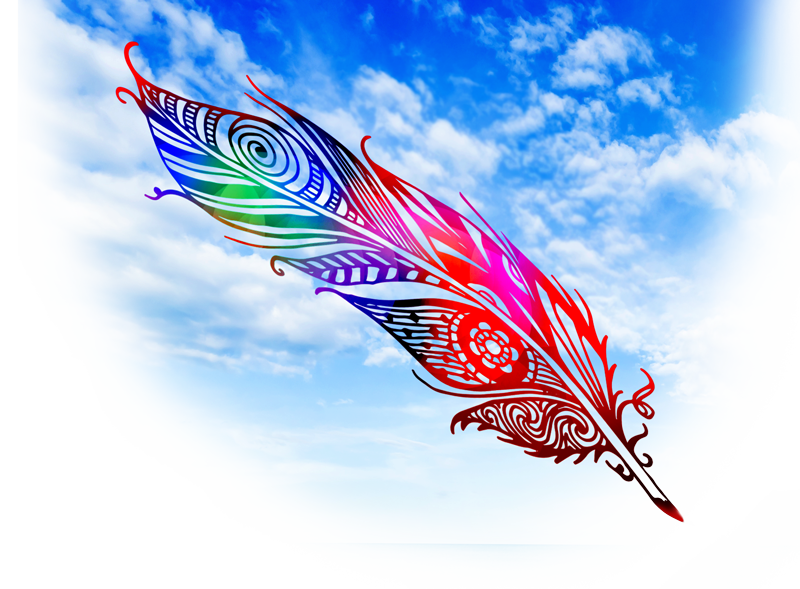
archive
Character Studies
Which Book Belongs with Which?
I get asked a lot of questions about my writing, but there’s one that I find very exciting, and that hardly ever gets asked.
It’s the question: why do I love to write about strong female characters, or shy girls who grow out of being shy and become leaders?
The main reason I do this is because I was a shy girl when I was young, and went through all the pains of being teased and of only remembering in the middle of the night that perfect cutting remark I should have made to the jerk who was bullying me the previous day at lunch.
Now that I can create my own worlds, and get them put into print, I can strike a blow for myself and all the other shy girls as well. My shy girls manage to think of cutting remarks at just the right time. More, they discover that they are really heir to some great magical legacy, and that they get more powerful every day as they learn to trust themselves and believe in their instincts.
One of these is Cassie, heroine of The Secret Circle—which should be out any day now, if it isn’t already. Cassie is probably the epitome of a shy girl, suddenly thrown into a new school, unable to make new friends, and bullied by the local popular clique, a group known as the Circle.
But then a freak accident happens and Cassie finds she can draw power through the earth itself. She also learns that, just like all the other members of the Circle, she is a witch, the daughter of a witch, the granddaughter of a witch, and so on, all the way back to good old Salem.
At first Cassie doesn’t really have control over her powers, but when things look darkest not only for the Secret Circle but for the entire town, it’s Cassie who finds the courage and the strength to go up against the enemy. I love to write about a girl who discovers the courage sleeping inside her.
Of course, equally, I love to write about strong girls. Elena Gilbert, the heroine of The Vampire Diaries is about as strong-willed as they come. And although she learns some humility and some more worthwhile values than using boys as toys as the story progresses, she never loses her bravery or her quick wits.
Not only that, but she has two very strong friends: the lively and high-spirited Bonnie, who is always eager to try something new, and Meredith, who is cool and self-possessed in almost every situation.
The three of them—and eventually Cassie from Secret Circle and her witchy friends, demonstrate something that I’ve dubbed “velociraptor sisterhood.” What does this amount to? Well, if you saw velociraptors in Jurassic Park you’ve seen how smart, fast, and utterly scary they are. (I know, I know, they really should be called Utahraptors, but it just doesn’t have the same ring to it.) You also saw that they were pack hunters, like lionesses, who rely on each other for their very lives.
Velociraptor sisterhood is not as nearly drastic and bloody, and doesn’t require you to wear a dinosaur costume. Here’s a quote of the first mention of it in the book I’m writing now, Vampire Diaries V: Nightfall:
(To set the scene, Matt Honeycutt indicates that he’s not feeling well.)
“I was going to say, you don’t look right today,” Bonnie said anxiously.
“Thank you,” Matt snapped.
Tears pooled in Bonnie’s brown eyes. “I didn’t mean—”
But she didn’t get to finish. Meredith and Elena drew in protectively around her in the solid phalanx of what they called “velociraptor sisterhood.” It meant anybody messing with one of them was messing with all.
I like the idea of velociraptor sisterhood, of standing up for your female friends and sisters when they need you most.
It’s not that I don’t write about “catty” enemies of the heroine (but I try not to call them “catty” or any other buzzword that is used for women but not for men, like “spunky” or “feisty.”) I don’t always succeed, and, what’s more, my efforts are often not noticed. But I do try.
I also like for my main characters to have careers in mind or strong interests so that they have another choice besides just being mothers. I spend a fair amount of time researching so that the girls can be prepared to take on a career they enjoy.
And then . . . there’s the great matter of “he” “he or she” “s/he” and so on. Of using “he” to mean both male and female people. For example: “An astronaut must be vigilant. He never knows when something may go wrong with his ship . . .” The two solutions that I like best to this problem are
1) using a plural so that gender never is an issue: “Astronauts must be vigilant. They never know when something may go wrong on their ship,” and,
2) using “they” as a singular personal pronoun: “Occasionally a Night Watch officer would beat his baton against a wall” becomes ““Occasionally a Night Watch officer would beat their baton against a wall.” So easy. After a while, you don’t even notice it.
There’s a third solution. In this one, women use only the female personal pronouns, and men use only male ones. This actually can work just fine, but there are already more men than women with jobs out there, so we’d still be hearing a lot of “hes” purportedly meaning he or she.
We “girls” and “co-eds” have come a long way in the last century. In the next century, dare I imagine equality?
I dunno, but it would sure be nice.
Live free!
Lisa
